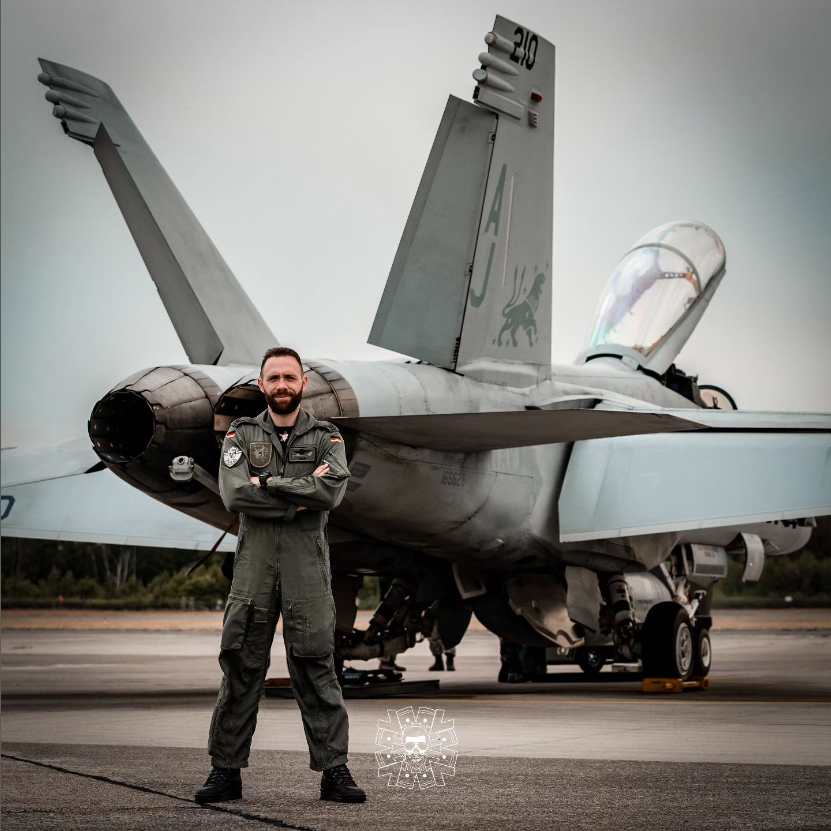"Brothers in Arms"
Gerald GroßShare
Collective defense is a term that many people outside of the armed forces are not familiar with. Actually astonishing, it describes nothing less than the foundation of our current security architecture. For us, the principle of collective defense is firmly established in both NATO (Article 5 North Atlantic Treaty) and the EU (Article 42 Paragraph 7 Lisbon Treaty) and is intended to make attacks on the territory of a member state almost impossible through compulsory assistance . At the same time, this obligation only applies in the event of defense; an offensive interpretation is not intended and would not be compatible with the Charter of the United Nations. For Germany as a Central European nation, this means that our armed forces not only serve to protect the territory of the Federal Republic, but also to assist our partners on the external borders of NATO and the EU in an emergency. We refer to this form of deployment as alliance defense.
In order for this collective defense to come to life in practice, a great deal of standardization effort is required. As a result, all nations involved train with NATO standards and become more and more similar in details. This means we can work closely together on large-scale exercises like Air Defender 23. Without any further preparation, we are able to fulfill our mission in internationally mixed formations. As "Brothers in Arms" we speak the same language, use the same tactics and pursue the same goals. We do this so that we can continue to live safely within the borders of NATO and the EU.
In order for this collective defense to come to life in practice, a great deal of standardization effort is required. As a result, all nations involved train with NATO standards and become more and more similar in details. This means we can work closely together on large-scale exercises like Air Defender 23. Without any further preparation, we are able to fulfill our mission in internationally mixed formations. As "Brothers in Arms" we speak the same language, use the same tactics and pursue the same goals. We do this so that we can continue to live safely within the borders of NATO and the EU.

